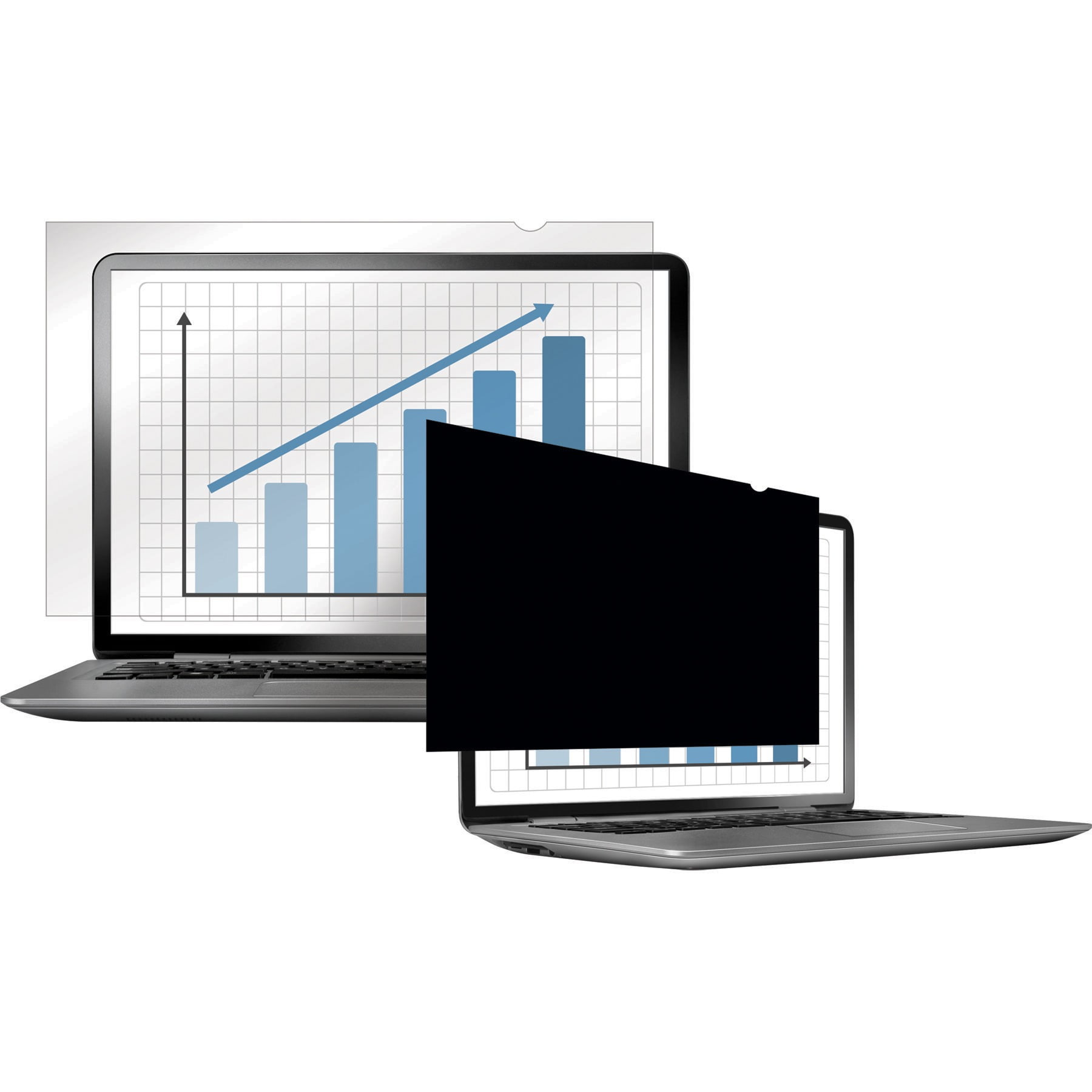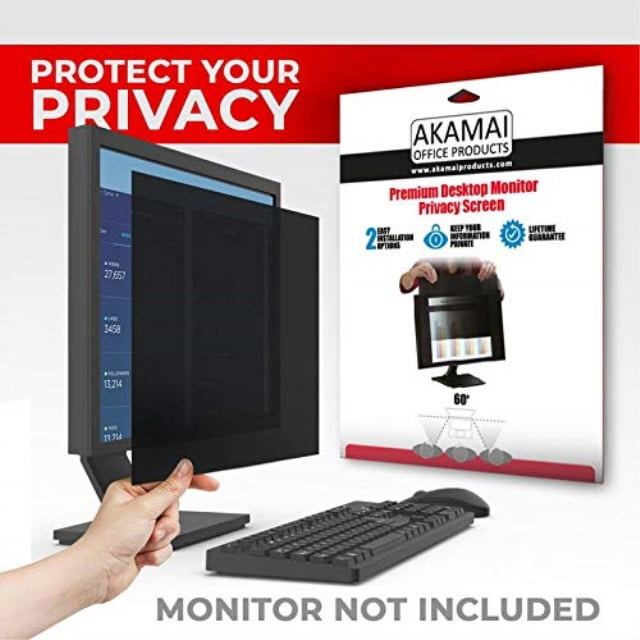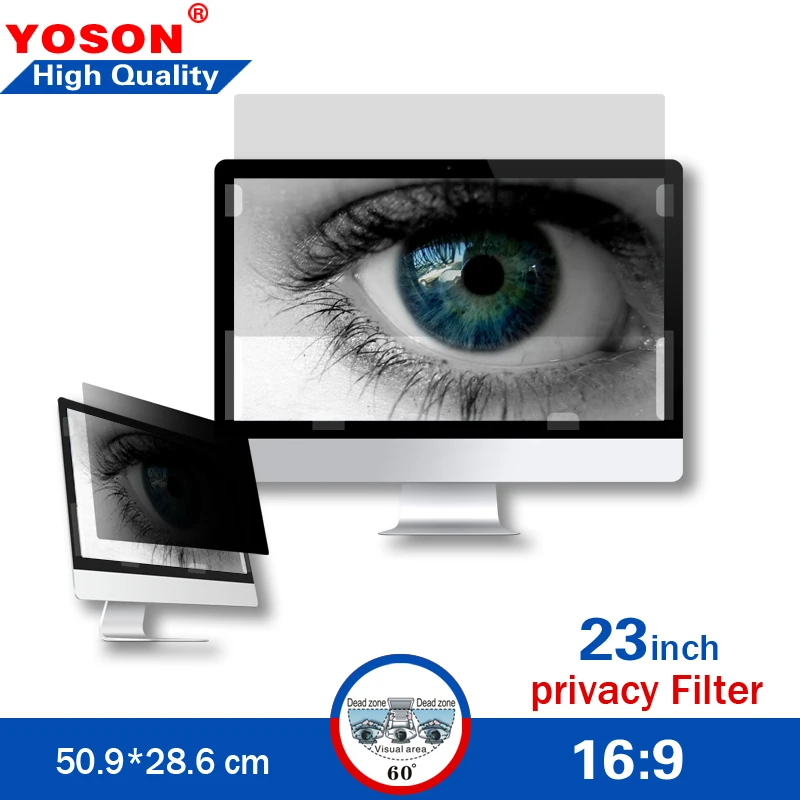
These filters easily attach to computer monitors, laptop screens, and tablet and smartphone screens to blacken out the angled views of onlookers, while providing an undisturbed head-on view for device users. Lastly, all computers used to access, enter or display patient information should use a privacy filter when feasible. Papers containing PHI and other confidential information should be put into drawers, at a minimum, and preferably placed in locked files when unattended.
COMPUTER PRIVACY FILTER PORTABLE
Portable devices should be kept in locked drawers or cases when not in use and unattended – both to avoid theft and to help prevent a visual privacy breach. Staff should be directed to lock screens or log off computers when they step away from their computers. But how do you know if this person is checking Facebook or snapping photos of the employee’s computer screen?Ī desk behind a glass barrier or counter built into the wall doesn’t create vantage points for onlookers, and it is a more private alternative.Ĭlean desk policies also should be in place to ensure employees – and others who handle sensitive information – keep their desks clear of patient information when it’s not in use. Someone standing alongside the desk or counter may seem innocent enough while using his or her phone. The staff’s computers may be facing away from the public, but a curved or angled counter can create viewpoints from which patients or other visitors can see computer screens and displayed information.

Often steps inside the front door of a facility, consider the front desk where patients register or check in. This “anytime, anywhere” access can put sensitive patient information at risk of visual hacking, not only inside facilities, but also when it’s viewed in public places such as trains, planes, coffee shops, hotel lobbies or elsewhere.ĭo you know where visual-privacy weak spots exist in your facility? Let’s take a virtual walk through the different areas of a typical healthcare facility to identify common high-risk areas, and the safeguards that can help protect patient information. These provide easy and discrete means to capture sensitive information that is handled, shared and displayed throughout healthcare facilities.Īt the same time, a growing number of doctors, other medical professionals and managers can access their healthcare organizations’ networks outside their workplaces using laptops and other mobile devices. Visual hacking can be an especially appealing tactic because the growing sophistication and availability of everyday consumer technology, such as smartphones and wearable technology. One of those means is visual hacking, which is the viewing or capturing of sensitive, confidential or private information for unauthorized use.


In today’s era of data breaches, healthcare organizations have an obligation to protect not only patient and plan member PHI but also other confidential and proprietary information assets from those with malicious intent and casual observers not authorized to see the information.Īs healthcare organizations increasingly strengthen their cybersecurity defenses, hackers and others who might seek patients’ personal, financial or medical information will try to acquire it through other means. 1īut visual privacy is about more than regulatory compliance. Privacy and security rules implementing HIPAA require that organizations use administrative, physical, and technical safeguards to ensure the privacy and security of PHI in all forms, including paper and electronic form.

The Health Insurance Portability and Accountability Act (HIPAA) requires that covered entities take steps to protect the privacy and security of patients’ protected health information (PHI). But we shouldn’t overlook the importance of other modes of privacy protection in blocking unauthorized viewing of confidential, sensitive information. We often talk about protecting patient information through common technical security controls.


 0 kommentar(er)
0 kommentar(er)
